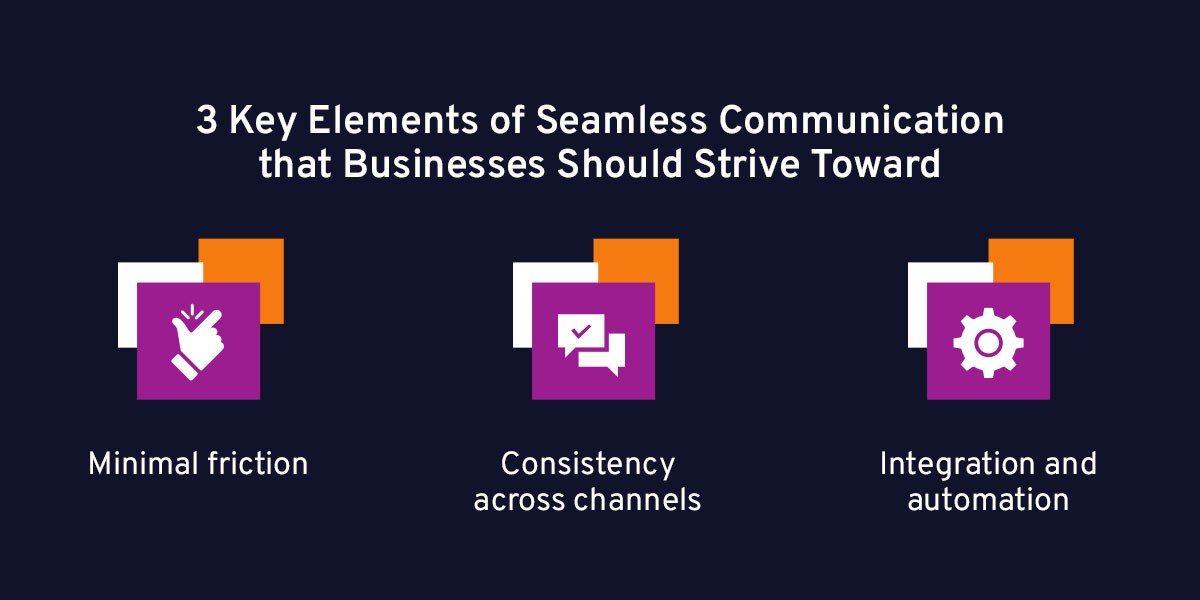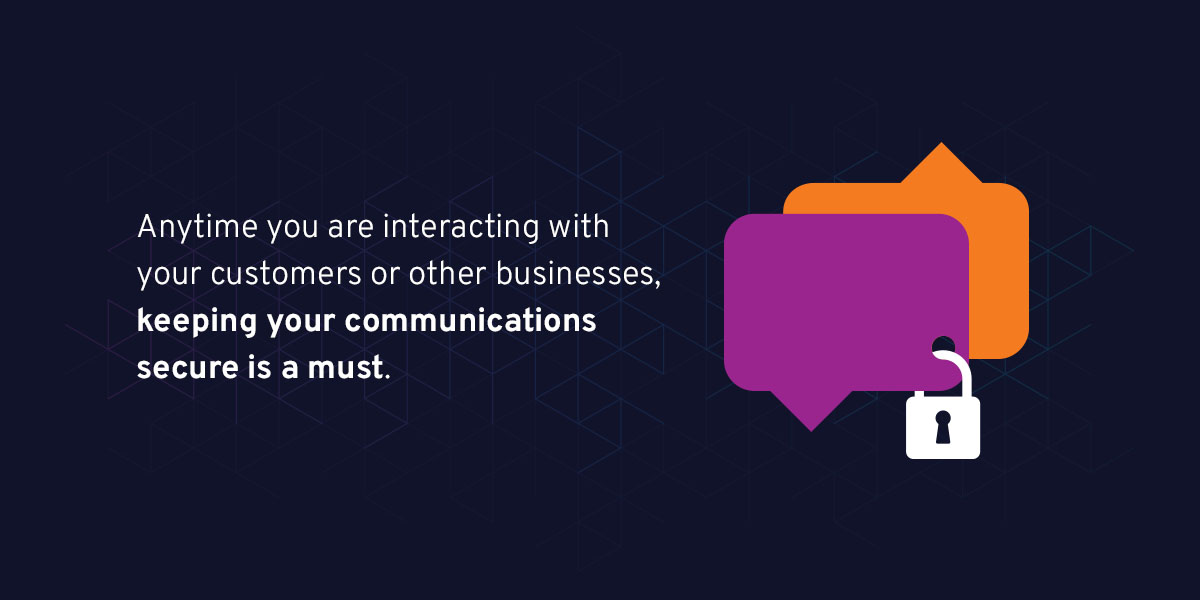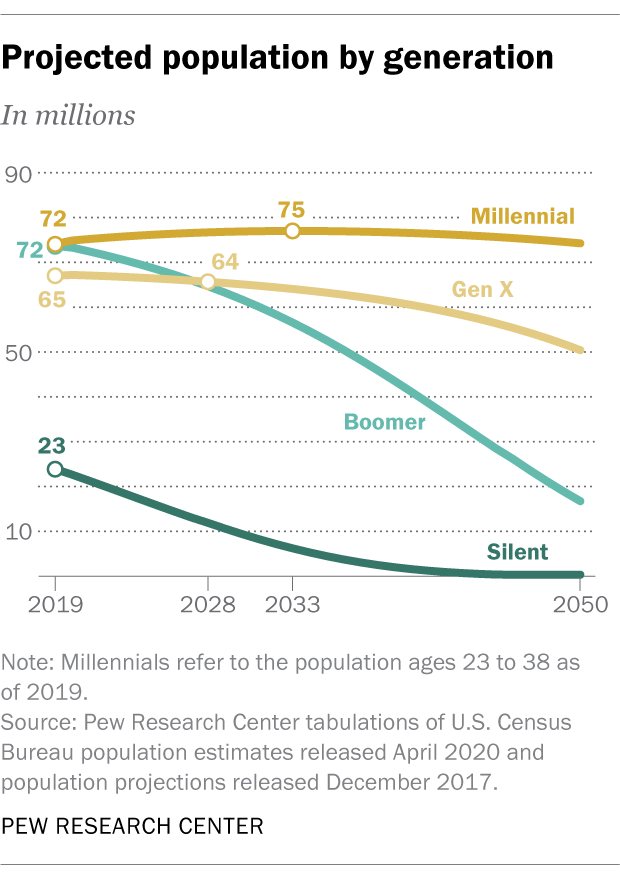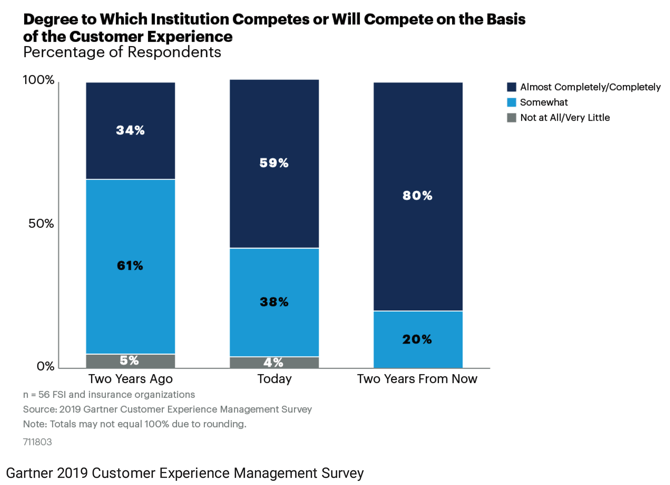Improving Wealth Management Client Satisfaction with a Seamless and Secure Experience
On August 26 and 27, 2020 we are proud to be a part of Customer Contact Week (CCW) at Home. Leading up to the event, we sat down with DataMotion CEO, Bob Janacek to talk a little bit about DataMotion’s involvement in the event and the impact a great customer experience can have on client satisfaction and retention. We will also dive a little bit deeper into the customer experience discussion to focus specifically on why providing a seamless and secure experience is especially important for businesses operating in the wealth management sector. Our questions are in bold.
Hi Bob, I hope you are doing well. Last time we spoke, we talked about the impacts of COVID-19 on businesses and organizations. This time, I would like to spend some time discussing the event we are sponsoring at the end of the month, CCW at Home. Can you tell us a little bit about the event and why you are excited for DataMotion to be a sponsor?
Bob Janacek: Thanks Sarah. Our entire team is super excited to be a part of CCW at Home. It’s the right show at the right time, and we’re right in the middle of it! There are several factors that are all converging on the customer service industry. Consumers have more information readily available to them and as a result, more choice. And they are choosing to do business with vendors that give them a superior digital, often mobile-first, experience. Another factor is social distancing due to the ongoing pandemic. It is becoming engrained in consumer behavior, challenging organizations to up their game when it comes to doing business in seamless, digital ways.
It sounds like this event is heavily focused on customer experience and engagement, something that is very important to us at DataMotion. For everyone reading this, can you briefly explain the importance of customer experience?
Bob Janacek: There have been a few surveys done recently on the importance of customer experience as a competitive differentiator. One by a leading analyst firm shows that by next year, 80% of organizations will compete on customer experience, up from only 35% three years ago. We ran a survey last summer, centered around customer satisfaction with data exchange options offered by organizations. That survey uncovered a lot of room for improvement, with many organizations still requiring their customers to use multiple portals and logins to exchange sensitive messages and documents. And even worse, some still require fax and postal mail as part of their business process. Fortunately, there are easy, secure methods to modernize this experience. Those organizations that do so become more efficient, increase customer and client satisfaction and position themselves for success.
You’re completely right, regardless of what kind of product or service that is being dealt with, the easier it is for customers to exchange messages or get help when they need it, the happier they are and the better off the company is. Now let’s focus in on a specific industry a little bit more, wealth management. Why should companies in this industry care about the experience they offer their clients?
Bob Janacek: Wealth management firms compete aggressively to attract and retain clients. The nature of their business is high touch and customers expect superior service. Providing simple, seamless ways for their clients to digitally interact with them and get business done is one sure way to increase customer satisfaction.
Can you give a few examples of ways these companies can improve their client’s experience while at the same time protecting their sensitive data?
Bob Janacek: One common method is to reduce the number of portals and logins that a client has to use to interact with the firm. For example, most firms offer their clients a customer portal and mobile app. But to exchange messages, they use a cobranded encrypted email system that uses a different portal and is typically not very mobile friendly. Some even use a third portal to exchange files. Each of these systems requires a separate login, complicates the customer experience and provides a poor client experience. Fortunately, there are easy ways to eliminate these different systems and include their functionality behind the login of their client portal and app.
As an added benefit, integrating a message and document repository in the customer app has been shown to significantly reduce support requests. Over time, as more items are exchanged, the data in the repository grows in value, serving as a personalized knowledge base of the client’s interaction with the firm. It’s almost the same effect as a Slack or Microsoft Teams channel, but in this case, the topic of the channel is the client’s relationship and interactions with the firm.
I think you referenced a good point there, that improving the experience and streamlining client and advisor interactions can benefit not only the client, but also the advisors and the company as a whole, can you expand on this a bit more?
Bob Janacek: Besides benefits to the client, integrating secure message and document exchange into contact centers and customer service functions makes it easier to service customers. It centralizes data in the contact center solution by eliminating the need to use external systems like Outlook and an encrypted email system to exchange sensitive information. In addition, it adds a new privacy-compliant channel to an omnichannel strategy, connecting the contact center to the asset heavily invested in by organizations, their customer facing portal and mobile apps. This secure bi-directional channel allows organizations to dramatically improve client satisfaction, reduce mailroom and fax expenses, and accelerate business processes. As a digital channel, it also feeds directly into automation strategies involving bots, natural language processing and machine learning.
That sounds very exciting, I have one final question for you. For the first 100 people who sign up for your fireside chat on enriching the customer experience with a private, secure communication channel in an omnichannel strategy, we are offering a free pizza. So, what is your favorite type of pizza topping and what is your least favorite type?
Bob Janacek: Well, I’m from New Jersey. And pizza is something we think we’re really good at. The crust is really important. And the sauce too. As far as toppings go, I usually go to either extreme. There’s nothing better than a simple cheese pizza that’s done right. But sometime I’m in the mood for a country pizza, which is blasphemy to many pizza lovers. The one from my favorite place at the Jersey shore has green peppers, onions, mushrooms, black olives, pepperoni and sausage. And a perfect crust. Not good for a diet but definitely good for the soul.
DataMotion CEO, Bob Janacek talks about his vision for enriching customer experience
August 27, 2020 | 1:30pm | The first 100 to register will receive a free pizza on us!








 Prioritize clarity and transparency: When interacting with your customers, avoid using confusing technical jargon and overwhelming them with information. Instead, aim for clear, easily understandable language. Be honest and upfront about your business’s products and services.
Prioritize clarity and transparency: When interacting with your customers, avoid using confusing technical jargon and overwhelming them with information. Instead, aim for clear, easily understandable language. Be honest and upfront about your business’s products and services.








